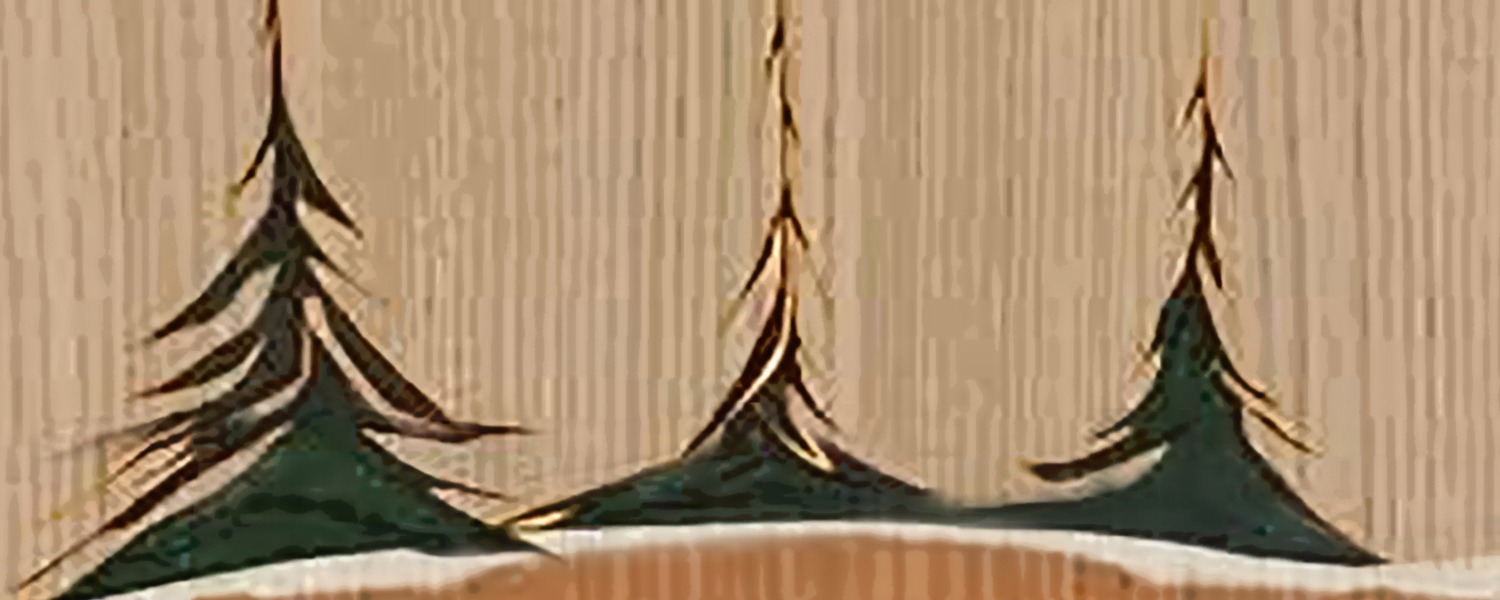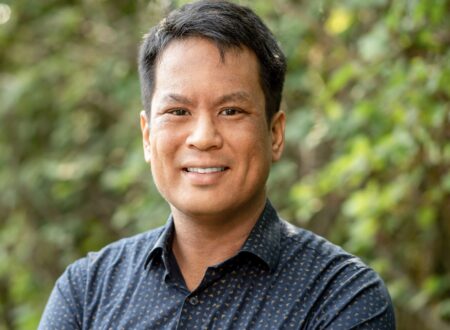The Supreme Court of Canada released its decision today in Grassy Narrows First Nation v. Ontario (Natural Resources), 2014 SCC 48 [referred to as Keewatin, in the courts below]. In a unanimous decision, the SCC dismissed the appeal and confirmed the Ontario Court of Appeal’s decision that Ontario, not Canada, has the jurisdiction to take up land in Treaty 3.
The immediate reaction has been a lot of disappointment about the state of Canadian law that is reflected in this decision.
Background of the case
This claim began in 2005 by Grassy Narrows First Nation and trappers from the First Nation launching an action to have a forestry licence that was issued by Ontario set aside. The basis for that action was that the forestry licence violated Treaty 3 harvesting rights. The action was split into two parts. The first part to be determined included two questions: (1) does Ontario have the authority to take up tracts of land in what is referred to as the Keewatin area, so as to limited Treaty 3 harvesting rights? and (2) If the answer to the first question is no, does Ontario have authority under the Constitution Act, 1867 to justifiably infringe Grassy Narrow First Nation’s’ treaty rights?
This decision and all decisions to date have been about the first part of this action. The trial judge answered no to both questions, finding, based on the text of the Treaty, that Treaty 3 had been entered into by the Ojibway and Canada, and as such, only Canada had authority to take up lands in the Keewatin area. For Ontario to be able to take up lands, it had to obtain approval from the federal government. The trial judge also found that the province was prevented from infringing treaty rights, per the doctrine of interjurisdictional immunity under the Canadian constitution.
That decision was reversed by the Ontario Court of Appeal. They answered yes to both questions. This was confirmed by the Supreme Court’s decision today: by virtue of the Canadian constitution, the interpretation of Treaty 3, and legislation dealing with Treaty 3 lands, the Supreme Court decided that Ontario has the authority to take up lands.
Taking Up Lands
The Supreme Court was clear in its decision that Ontario’s power under Canada’s constitution means that it can take up lands subject to Treaty 3, for provincial purposes including forestry, provided that it meet the legal requirements for ‘taking up’ lands. Those requirements, according to the Supreme Court, have already been set out in in MIkisew Cree First Nation v. Canada. The point being, that authority is not unconditional and Ontario is bound by the same legal requirements and fiduciary obligations when it takes up land that Canada would have been, e.g. the duty to consult and accommodate.
But a source of a lot of the disappointment about this decision is that the wrong question is being answered. The question should be: in light of the evidence that was brought in this case about the intentions of the Ojibway entering into Treaty 3, why is the taking up clause still in tact?
The evidence was clear that the Ojibway entered into the treaty based on the understanding that their way of life would not change – that is echoed by the Supreme Court’s decision re-stating the trial judge’s finding “that the Ojibway Chiefs who were key players in the negotiation of Treaty 3 were in no rush to make a deal. They were under no immediate threat, as settlers were only passing through their territory, not settling on it. They were only prepared to cooperate if they could retain their way of life, particularly their traditional hunting, fishing and trapping activities.”(para. 8)
From the facts presented at trial (including expert testimony, and written records of oral exchanges), the judge found that the Ojibway were promised that their harvesting rights outside of the Dawson and CPR routes would continue forever without significant interference.
What flows logically from the evidence that was accepted at trial about the Ojibway Chiefs’ intentions and understanding of the agreement being made with the Crown at that time is that the taking up clause as a whole is not valid. That is not the question that the Supreme Court answered here, but it is important to keep in mind when interpreting the decision that we do have. We need to continue asking questions about what was actually agreed to in Treaty.
What happened to consent?
Key to the question of what was agreed to in the Treaty is the role of consent in the process of reconciliation between Aboriginal and non-Aboriginal Canadians. In its decision two weeks ago in Tsilhqot’in Nation, the Supreme Court of Canada affirmed the Aboriginal title rights of the Tsilhqot’in Nation, in effect telling the provincial and federal governments that they cannot just assert that they own the lands of Aboriginal peoples. But even then, the Court found that in some circumstances, when the government has objectives that are substantial, compelling, and in the public interest, it can infringe on Aboriginal title rights, provided that it meets a series of conditions, such as that the infringement should not destroy the First Nation’s lands for future generations, and that it should only take the minimum of what is necessary for the government’s objective, and leave the rest for the First Nation.
We would note that even this quite restrictive minimal infringement approach falls short of the widely recognized international law norm of “free, prior, and informed consent” (FPIC) – which means that the lands and resources of Aboriginal peoples, such as those that are guaranteed to them through treaty, are not to be taken from them without their consent. This standard has been recognized in international law instruments like the UN Declaration on the Rights of Indigenous Peoples, to which Canada is a signatory.
The Supreme Court’s treatment of Treaty 3 in its decision in Grassy Narrows falls far short of the FPIC standard, and does not even reach the level of protection for Aboriginal title rights that it found in Tsilhqot’in Nation.
As we mentioned earlier in this post, the evidence was clear that the Ojibway entered into the treaty based on the understanding that their way of life would not change – and that the Supreme Court agreed that this was the basis under which the Ojibway signatories entered into this agreement.
As we also mentioned earlier, the trial judge had found as evidence that the Ojibway would continue to exercise their rights without significant interference on all lands outside of the Dawson Route and the CPR corridor. That doesn’t add up to a consensus that the Crown would then be able to interfere with their rights by “taking up” lands. So there was no understanding from the Ojibway signatories that the treaty rights to harvesting they were supposed to enjoy in perpetuity would be subject to “taking up”, such as for lumbering.
Therefore a better question that the Court could have addressed was whether it was a legitimate way of treaty-making for the “taking up” text to have been inserted into Treaty 3 in this manner. Is this kind of imposition a good way of encouraging reconciliation between Aboriginal and non-Aboriginal Canadians?
Where does this leave us?
As set out by the Supreme Court, the province is authorized to allow lumbering on the lands on which the Anishnabe signatories of Treaty 3 have harvesting rights. The province is allowed to do this if it follows the rules laid out in the earlier Mikisew Cree case, which obligates the Crown to consult and accommodate Aboriginal peoples where their treaty rights might be infringed by government action. The Supreme Court also laid out that where the government action leaves the First Nation with “no meaningful right” to harvest, it would be able to argue that its Treaty rights were being trampled on and that the courts should intervene.
Duty to consult and accommodate
It is important to remember that the rights laid out in the Mikisew Cree and Haida Nation cases put a duty on the Crown to consult an Aboriginal community with respect to actions that may affect their rights, but also to accommodate them to avoid impacts upon their rights.
“No meaningful right” remaining
As the Supreme Court held, if government action leaves the Aboriginal community with no meaningful right left, the courts are to step in to stop this kind of infringement. As has been found in previous decisions like Mikisew Cree and West Moberly, even if the Treaty sets out a harvesting right across the whole of a treaty territory, it does not mean that a treaty rights holder exercises her rights meaningfully if she has to travel an unreasonable distance in order to exercise that right. Meaningful exercise of a right means being able to exercise the right in the way that she always has, or wants to. Intensive destruction of a local area can therefore render a harvesting right meaningless.
Moreover, the Court found that the right that the First Nations signatory had agreed to in Treaty 3 was a right to continue sustaining their livelihoods through traditional harvesting. That establishes a substantial core for what the “meaning” of the treaty right is. So, if there is not enough forest habitat left to sustain wildlife to provide for, let’s say, 90% of a community’s food needs, would that constitute leaving the community with no meaningful right? The question remains open and we would suggest the First Nations signatories have a strong argument in their favour.
The Supreme Court left aside the question of whether the lumbering permitted out by Ontario rose to the level of leaving “no meaningful right”. This is an open question that will have to be determined in a different context. This is not the end of the story, but part of how we will deal with the next questions: what does a “meaningful right” include? Given the strong findings on what the rights of the First Nations signatories are, what kinds of Crown activities will be permitted there? And, ultimately, how should the Crown be behaving so that it lives up to the Treaty as the signatories understood it, and to its role in preserving an honourable relationship between Aboriginal and non-Aboriginal Canadians?
By Cathy Guirguis and Senwung Luk
Related Posts

Saugeen Ojibway Nation Trial Coming to An End
SAUGEEN OJIBWAY NATION TRIAL COMING TO AN END FOR IMMEDIATE RELEASE: October 16, 2020
Click here for a PDF version of this Press Release
Closing arguments are set to…
Read More...
Saugeen Ojibway Nation Trial Decision Released
SAUGEEN OJIBWAY NATION TRIAL DECISION RELEASED FOR IMMEDIATE RELEASE: JULY 29, 2021
Click here for a PDF version of this Press Release
Read More...
Grey County and Saugeen Ojibway Nation Reach Historic Agreement
Click here for a PDF version of this Media Release
Grey County and the Saugeen Ojibway Nation (SON) have reached an agreement settling Grey County’s involvement in SON’s…
Read More...


